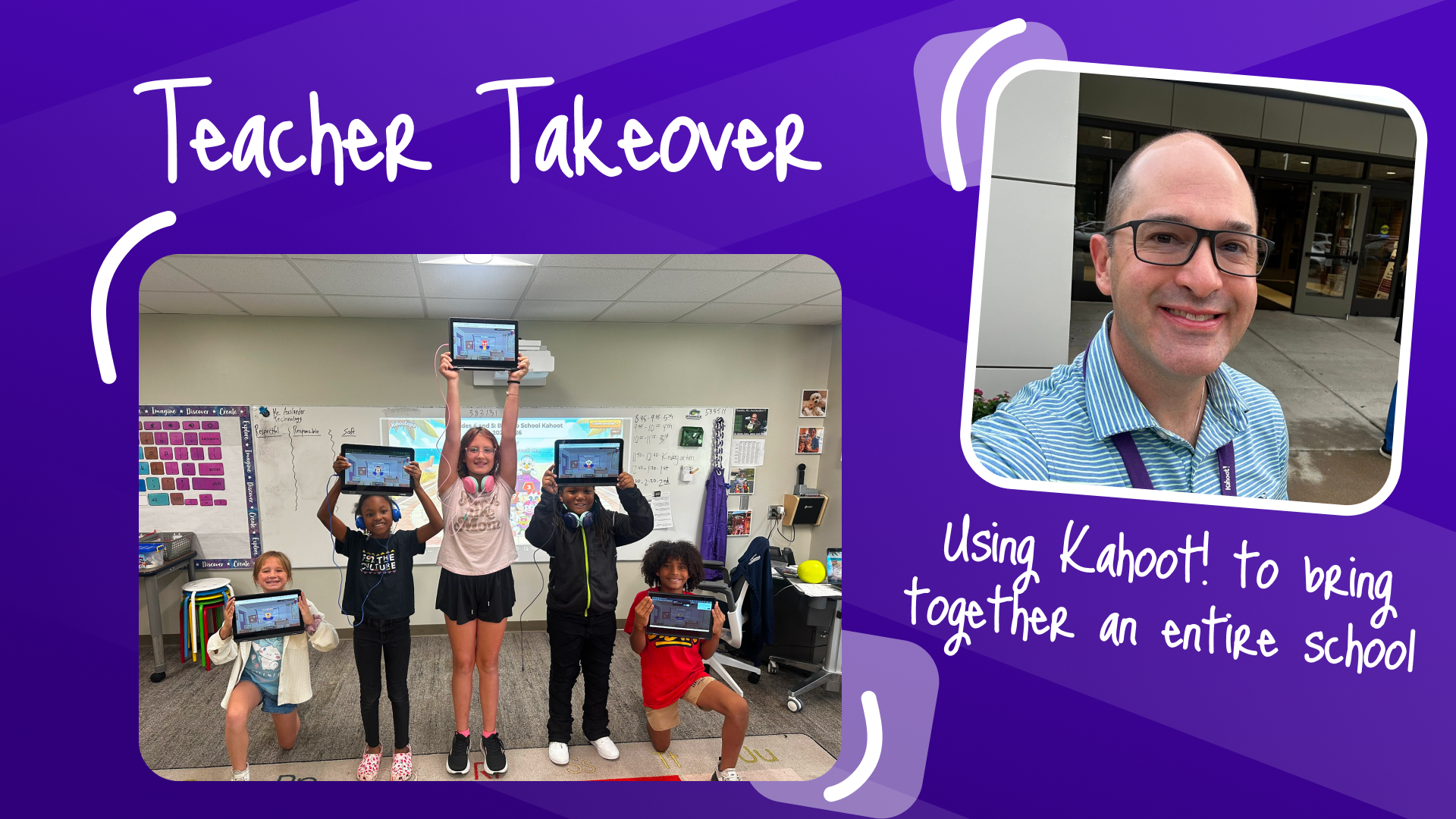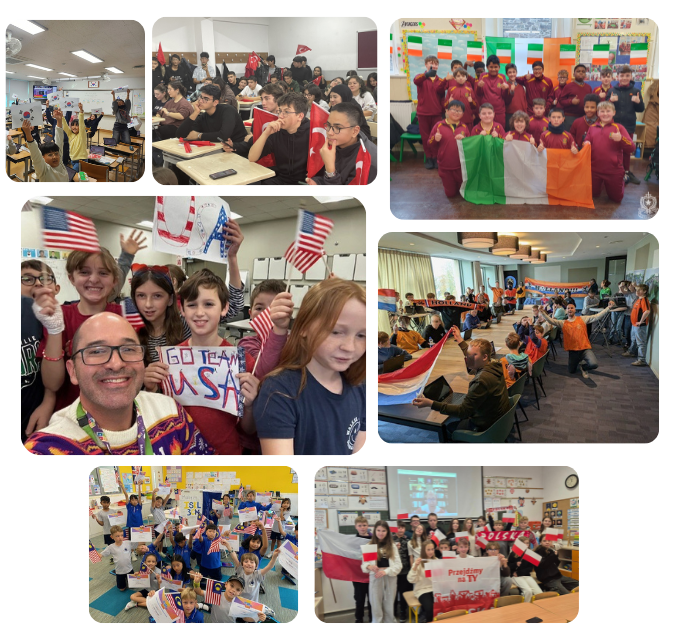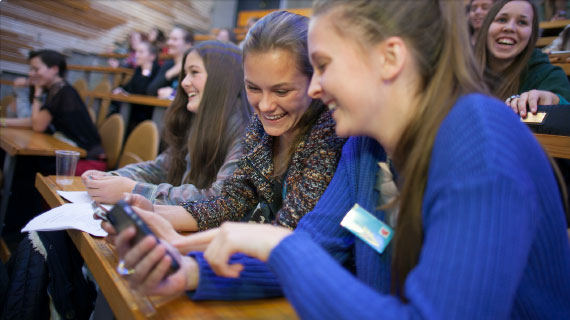
Kahoot! Ambassador, Steve Auslander keeps community and connection at the epicenter of his teaching approach and practice. In all activities, events, and assignments – community is the main driver for planning and teaching. Over the last decade, Steve has relied on Kahoot! to weave connection and community into every part of the school day. Read on to learn what’s been inspiring, exciting, and impactful over the past years.
I teach at Allisonville Elementary School in Indiana, USA and our school mascot is a Gator…we are the Gators! At Allisonville, each student belongs to one of seven Gator Packs, almost like the house system at Hogwarts! Each year, we enjoy multiple schoolwide kahoots to inspire connection and community across the Gator Packs.
The back to school season is a wonderful time to establish a positive community across the entire school. A great way to do this is with positive and fun shared experiences—and that’s where Kahoot! comes in.
Back to school, back to Kahoot!
We review school-wide expectations and information about our Gator Packs, our mascot, our teachers, and other facts about our school. This kahoot is a great review for returning students, and important information for our new friends—and is always so much fun! Best of all, the live kahoot provides all of the students with a shared bonding experience. As this introductory kahoot involves many students of different ages, abilities, grade levels, and strengths, I keep several considerations in mind during the planning and preparation process. Here’s how:
- Create a video stream link (my school uses Zoom) and share it with classroom teachers.
- As teachers join this livestream, I use the “Screen Sharing” tool and launch a live kahoot.
- The lobby shows a unique game pin and QR code and students join the kahoot from their classrooms using their individual Chromebooks.
#KahootTip The youngest learners (Kindergarten and 1st grade students) play as a class instead of individually—this helps to scaffold independence with tech ability and literacy! To do so, the teacher polls their class and answers as a whole. - For students in grades 2 to 5, each joins independently and represents their Gator Packs!
Setting students up for success

While some returning students may be familiar with the cadence and routine of a live kahoot, some new students and players may be engaging for the first time! Prior to this introductory session, I take time to review expectations and procedures for live play. With individual classes and groups of students, I discuss a few different elements of ‘lobby etiquette’.
For a school of hundreds of students, creating a common and standard format for nicknames is crucial! In such, I can track student performance and progress, and also identify students while maintaining anonymity across peers. This naming system has also inspired and encouraged my students to feel pride and purpose—they’re not only representing themselves, they’re representing their entire Gator Pack! While the format for nicknames is specific to each school year, I’d suggest a few different options:
- Students pick their own nickname and also include the color of the students’ Gator Pack
#KahootTip For the 2025 school year, my students followed this exact routine! My nickname would be Steve Green since I’m in the Green Pack. A student named Hannah would be Hannah Purple if she was in the Purple Pack. - Students use their nickname and their Homeroom teacher
- Students use their Gator Pack and initials






